on plus side get a car which has ABS system, power brake and airbags with a panic button
here in Autoworld Japan, they provide the cars which have above system just for the safety of their people http://autoworldjapan.com/
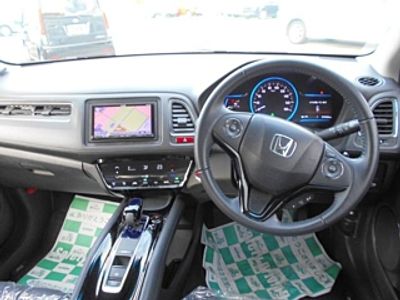
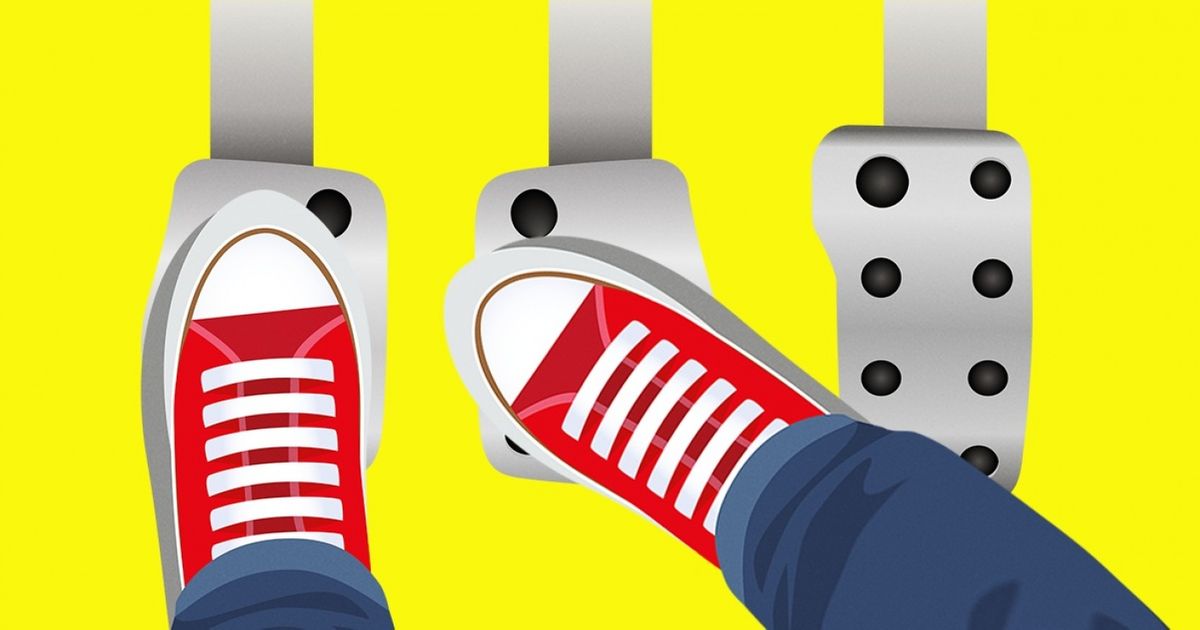
It isn’t difficult to drive a car. But if you make an effort to improve your driving skills, you’ll be surprised at how comfortable you feel sitting on top of your favorite set of wheels.
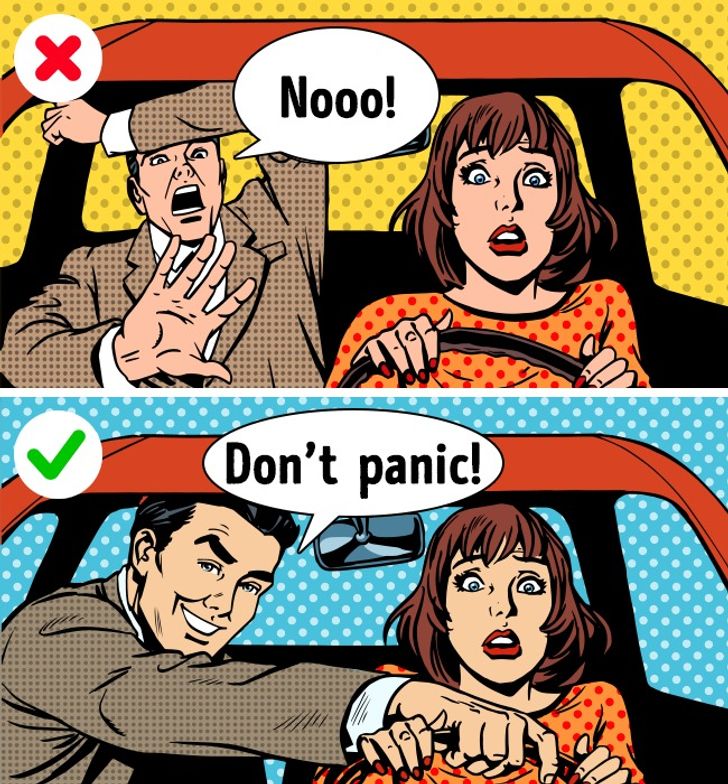
Everyone can take additional courses in order to master their skills. Defensive driving courses are taken not only by beginners but by experienced drivers as well. There isn’t anything shameful in the desire to keep other drivers and yourself away from danger. Live and learn!
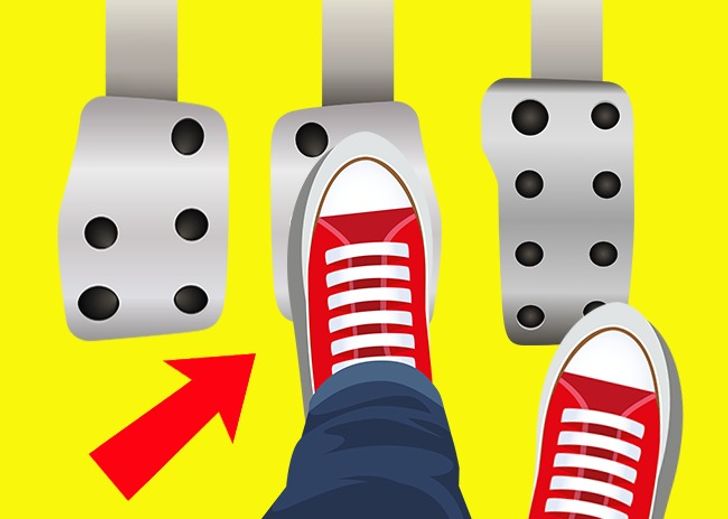
Left-foot braking is a difficult technique that requires regular practice. It is usually used by auto racers, but this skill can help you in case of emergency. Using this technique, you will be able to turn very quickly by keeping up the necessary engine speed, maintaining the same driving speed, and controlling oversteering at the same time.
Everybody learns this rule in driver education courses. But not all drivers follow it. Driving at a speed that is lower or higher than the speed of other traffic is dangerous as it can cause accidents. That’s why when choosing your speed, you should first take into account traffic density.
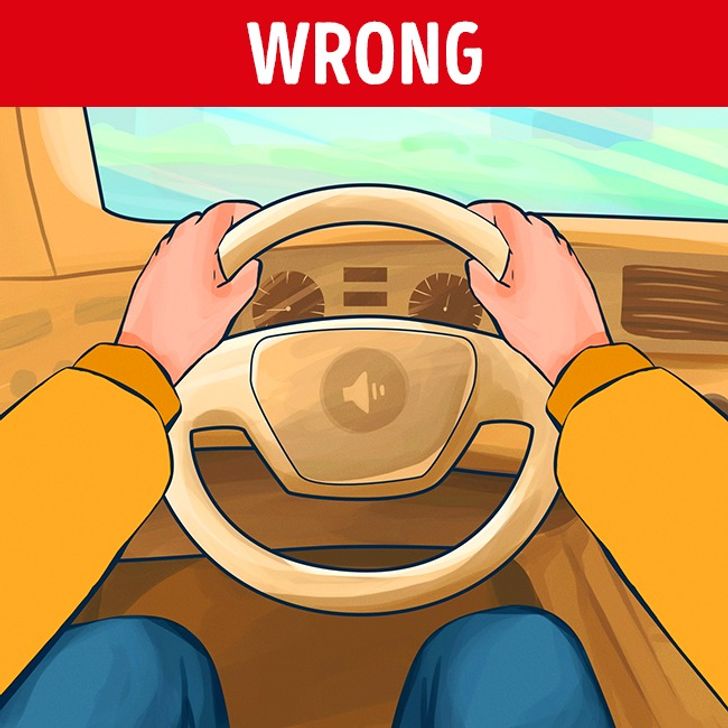
For years, driving instructors taught students to keep their hands on the steering wheel at the 10 and 2 positions (as on a clock). But in the last few years, instructors advise keeping your hands at either 9 and 3 or 8 and 4. This provides you with better control when driving. It is also the most ergonomic position to hold your hands in for a long period of time.
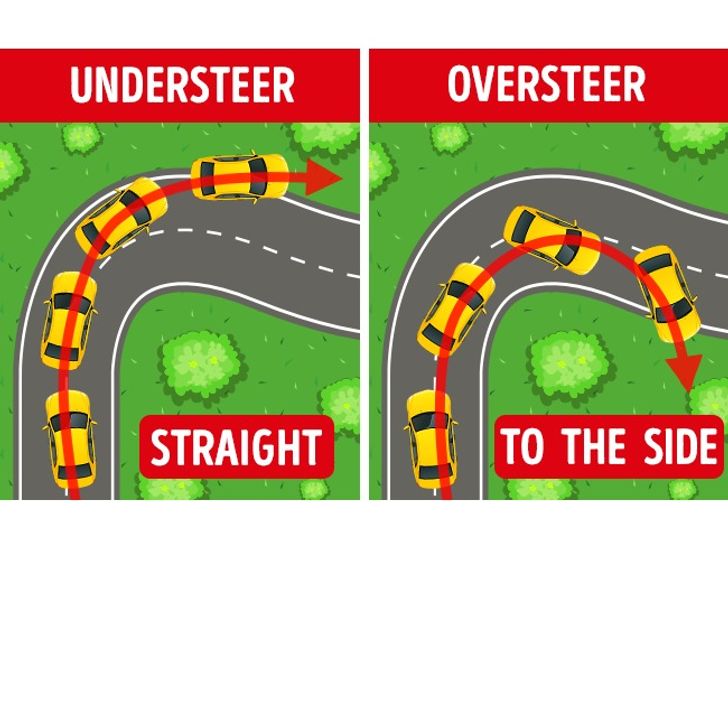
In cases of understeering, the front tires lose traction on the road surface while turning because of the speed of acceleration. In cases of oversteering, the same thing happens with the rear tires. If you’re driving on a wet or icy road, don’t accelerate too much. Driving at a moderate speed will help you avoid most cases of understeering or oversteering.
Attention: In cases of understeering or oversteering, never release the gas or brake pedals too quickly.
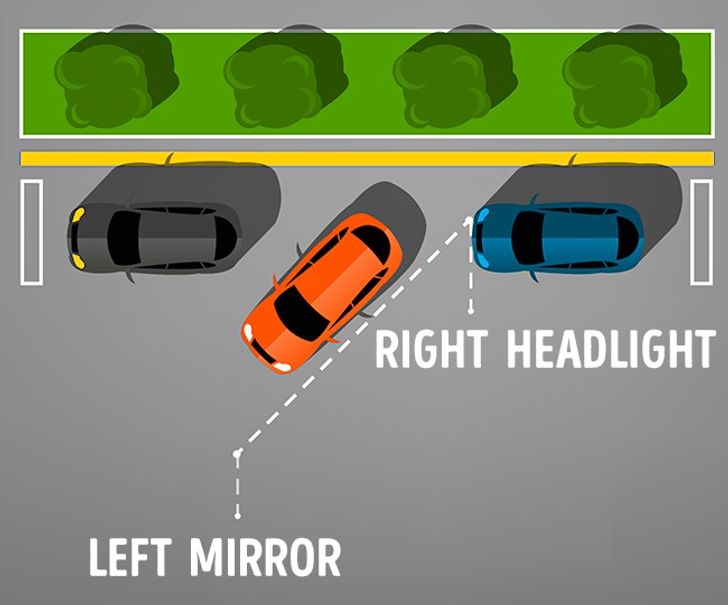
If you can parallel park perfectly, you won’t be afraid of crowded parking lots. In addition, you will be more confident when driving a car in reverse. Parking sensors (or parktronics) can help you a great deal. They can be useful in both forward and reverse movements.
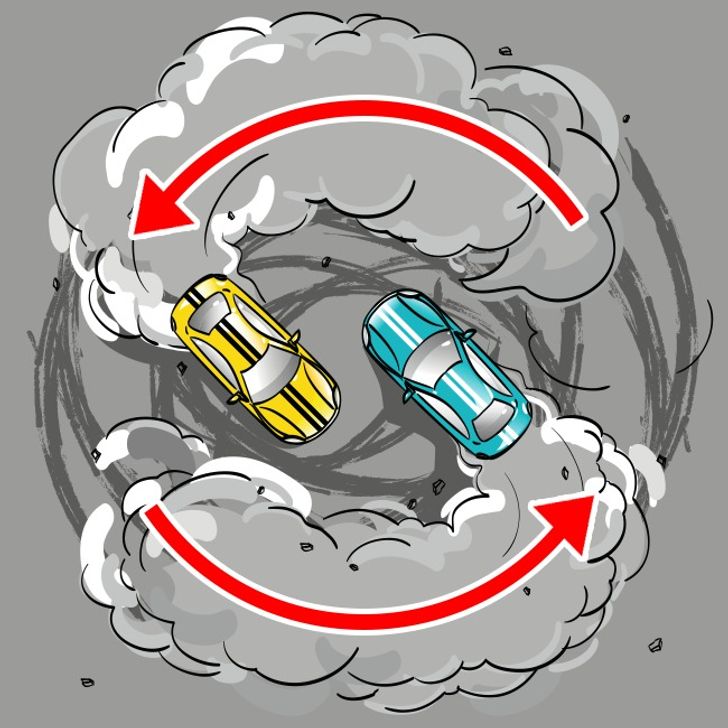
This technique, like left-foot braking, requires practice. Again, it can help you only in an emergency or if you have to perform a sharp fast turn in winter. But don’t do it on dry asphalt if you don’t want to expose the tires to premature wear.
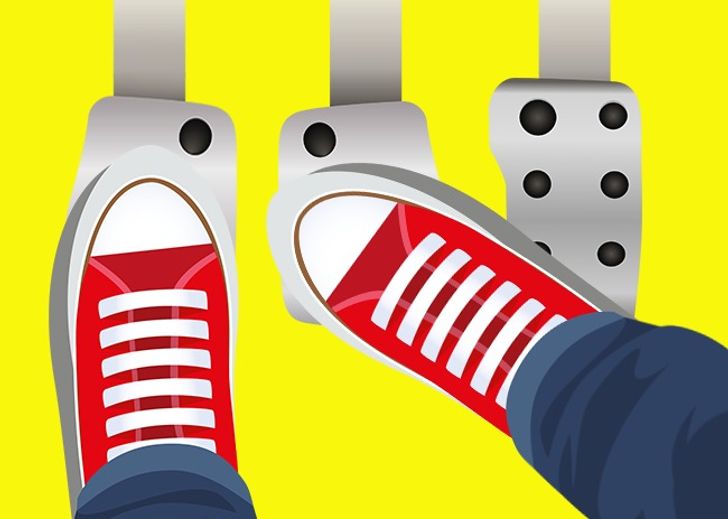
The sense of this technique consists in shifting the transmission down from a higher gear to a lower one by hitting the gas pedal with your heel and braking with your toe at the same time. It reduces the time required for shifting gears, prevents the unloading of rear wheels, and allows fast and smooth downshifting before turning.
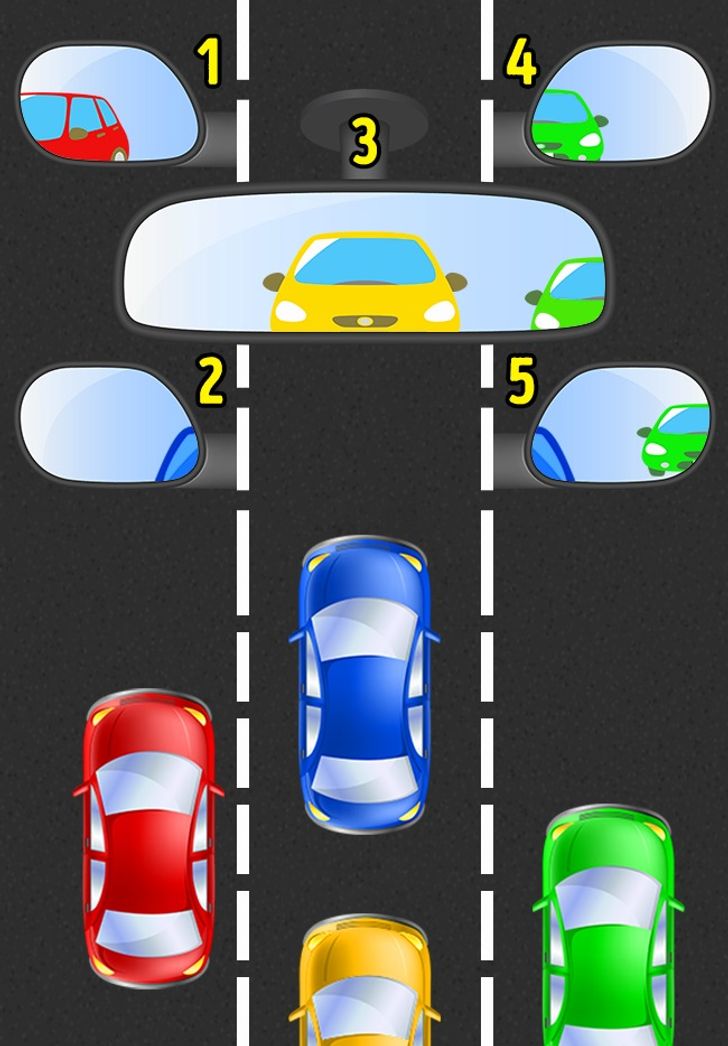
If the side mirrors mostly reflect the flanks of your car, it means that you are not making proper use of the whole reflecting surfaces. In order to adjust the rearview mirrors properly, you should remember some simple positions:
on plus side get a car which has ABS system, power brake and airbags with a panic button
here in Autoworld Japan, they provide the cars which have above system just for the safety of their people http://autoworldjapan.com/












